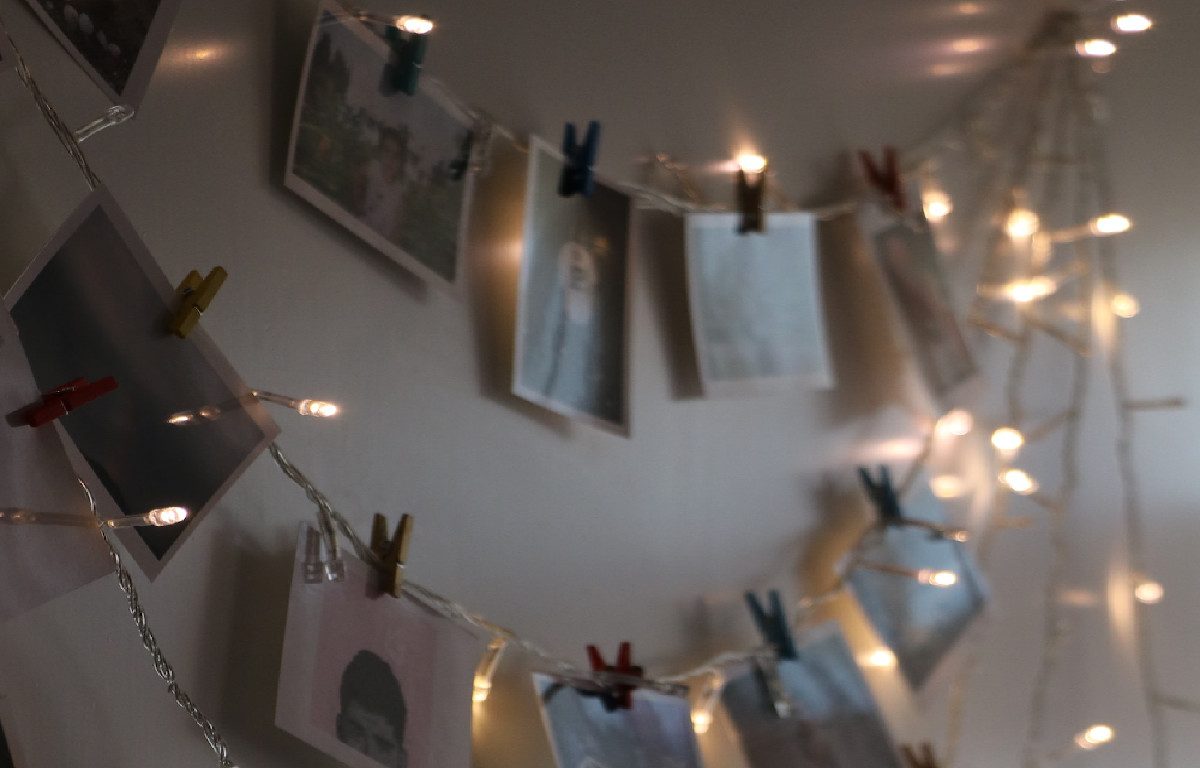Vision boards are a great visual reminder of the goals we are trying to achieve or the priorities we need to focus on. They typically look like a collage of images, drawings, objects, and single words or quotes. Creating a vision board can feel silly if you have never done it before. The first thing to remember is that it is a form of art therapy that helps focus on coping skills, motivational phrases, and positive images. A vision board is a reminder that you can look at daily, and an exercise to help you take a hard look at what you hope to accomplish in your self care journey.
How do vision boards work?
Above all, a vision board is a visualization tool that helps you set clear goals. What self care goals have you set for yourself? How would you portray them in an image or words? Vision boards keep you motivated by serving as a daily reminder of what you are trying to accomplish. With the daily responsibilities we all face, it is easy to lose track of what our personal goals are. Equally important is having a reminder of what makes you feel happy. When you are feeling down, having a connection to something positive will always help you get through that moment.
By making a consistent effort to look at your vision board daily, you stimulate and activate your reticular activating system (RAS) in your brain. The RAS acts as a gatekeeper of information. As a result, it ultimately guides what you focus your attention on, and what motivates you to behave a certain way. Dedicating a few minutes to look over the different elements of your vision board daily will prime you to achieve your goals. Make sure to follow up with actions that get you towards the ultimate goal(s).
Creating a Vision Board
Not surprisingly, vision boards for self care should focus on the elements you are working on. You can create a digital or a physical one. For a digital version, you can use for example a program like PowerPoint. You can also use online platforms like Canva or Pinterest, or an app dedicated to vision boards. Your final board is available to you on your computer, tablet or phone.
With a physical board, it can be as simple as a poster board. Alternatively, let your creative self shine! Create an elaborate frame with either a cork background to pin things to or hanging wires to clip things to. Although it would normally be at home, you can always take a picture of your physical board with your phone so that you always have a copy with you on the go. If you are crafty, you can always embellish your board to have an aesthetic that appeals to you. Take it a little further and you could also do a small gallery wall. This combines frames for pictures and quotes, and shelves for objects.
This is not a quick project and will yield better results if you set aside time to work through it. The first part is to understand yourself. Specifically, who are you now, what do you want to accomplish, and what steps are needed to get there? This is a reflective exercise. It may surprise you how hard it is to take a good look at your life . What is working and what isn’t? How do you represent your goals? Do you prefer words or images, or a combination?
Board Elements
If you aren’t sure where to start, consider these as elements for your board. You can use images, words, and/or objects:
- Reminder of your self care pillars: exercise, nutrition, rest, and connection;
- Self care goal(s) you are working on. You can also add other goals you are trying to achieve in life, but only if they will reinforce an overall lifestyle improvement in your personal self care. If you have other goals in life that you would like to achieve but they are not directly tied to your self care, create a separate board exclusively for that focus;
- Affirmation quotes. If you are working on your self-worth, this is a great way to remind yourself that you are awesome;
- Intentions. If you need to be more mindful or kinder to yourself, this is a great spot to remind yourself of that intent;
- Happiness. The people and things that bring you joy in life, they make you smile when you experience them. The little things count too;
- Something that gives you a reminder to be grateful for what you have in life; and/or
- Something that can represent the change you want to see in yourself. It can be a symbol of growth and change, or a representation of what that end state will be. Symbols can come from culture, religion, art, or science. By having a symbol of change on your board, you are reminding yourself that life is in constant flux. Growth is good, nothing is forever.
What’s on your self care vision board?
Eliminate limiting beliefs and negativity when coming up with the contents of your board. This exercise is to reflect on who you are and positive outcomes for your self care lifestyle. Let your creativity soar and personalize the board to match your hopes and dreams. Keep your vision board in a place you can easily access daily, you don’t need to share it with others. If you are comfortable sharing, there is nothing wrong with showing it to those in your life supporting your self care journey. It may even help them understand what you are trying to achieve.
Having a vision board is a great tool for clarity. Like all self care tools, we need to review what we have in our toolkit regularly and see if an update is needed. Aim to review it at the very least every six to twelve months to see if you are on track, and make updates if you need to do any changes to your goals and the overall vision board.
IMAGE CREDIT: Unsplash | Tahereh Amin.

